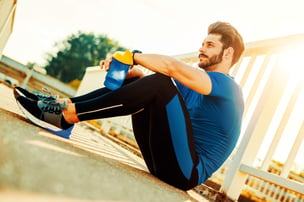 When it comes to athletic performance and recovery, one advancement in recent years has been compression clothing. From professional athletes to fitness enthusiasts, compression garments have become a staple in many wardrobes. But what exactly is the science behind compression clothing, and how does it impact our bodies during exercise and recovery? Let's dive in and explore the world of compression wear.
When it comes to athletic performance and recovery, one advancement in recent years has been compression clothing. From professional athletes to fitness enthusiasts, compression garments have become a staple in many wardrobes. But what exactly is the science behind compression clothing, and how does it impact our bodies during exercise and recovery? Let's dive in and explore the world of compression wear.
The Science Behind Compression Clothing
Compression clothing works by applying pressure to specific parts of the body, typically the limbs, to improve blood circulation and lymphatic flow. This increased circulation can have several benefits for both performance and recovery.
- Enhanced Blood Flow: During exercise, muscles require a steady supply of oxygen-rich blood to perform at their best. Compression garments help to improve blood flow by constricting blood vessels, which in turn increases the velocity of blood as it circulates through the body. This enhanced blood flow can lead to improved endurance, reduced fatigue, and enhanced overall performance.
- Reduced Muscle Oscillation: Compression clothing has an ability to reduce muscle oscillation, or the small vibrations that occur in muscles during movement. By providing external support to muscles, compression garments help stabilize them, reducing the amount of energy expended during exercise and minimizing muscle fatigue.
- Improved Recovery: By increasing blood flow and reducing muscle oscillation, compression garments can help to speed up the recovery process following intense exercise. This can lead to reduced muscle soreness and stiffness, allowing individuals to bounce back more quickly and continue training at a high level.
- Temperature Regulation: Some compression garments are designed to help regulate body temperature during exercise. By wicking away sweat and moisture from skin, these garments can keep the body cool and comfortable and prevent overheating during intense workouts.
Selecting Compression Gear
When selecting compression clothing, it's important to consider factors such as fit, material, and intended use. Compression garments should fit snugly against the skin without being uncomfortably tight, and they should be made from breathable, moisture-wicking fabrics to maximize comfort during exercise.
Different types of compression clothing may be better suited to specific activities. For example, compression sleeves or socks are often used during running or cycling to improve circulation in the legs, while compression tops can provide support to the upper body during activities like weightlifting.
Compression clothing offers a range of benefits for athletes and fitness enthusiasts, from improved performance to enhanced recovery. By understanding the science behind compression wear and choosing the right garments for their needs, individuals can elevate their training and optimize their health and fitness. So, whether you're hitting the gym, pounding the pavement, or simply looking for a more comfortable way to recover after a tough workout, consider incorporating compression clothing into your routine.


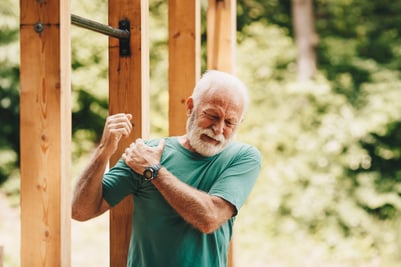 “No Pan, No Gain”
“No Pan, No Gain”
 When people think of the word “healthy,” they typically have a vision or an expectation in their heads. We equate “healthy” with having the perfect body (which, by the way, means something different to everyone), making the perfect food choices, getting a certain amount of exercise each week, getting a certain amount of sleep each night, and having very little stress.
When people think of the word “healthy,” they typically have a vision or an expectation in their heads. We equate “healthy” with having the perfect body (which, by the way, means something different to everyone), making the perfect food choices, getting a certain amount of exercise each week, getting a certain amount of sleep each night, and having very little stress.
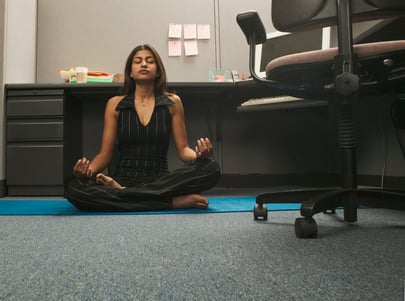 Daily stress can make you unhappy and irritated, which in turn affects your overall health.
Daily stress can make you unhappy and irritated, which in turn affects your overall health. 
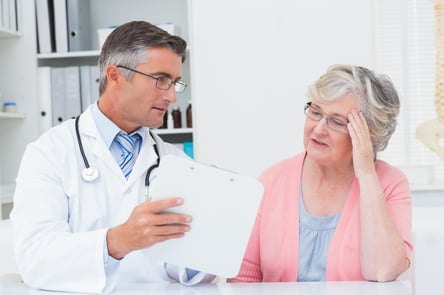 There are a lot of checks and balances in place when it comes to health care. You have nurses, nurse practitioners, pharmacists, physician’s assistants, physicians, surgeons, and more, but what if all of these fail? Though it may be rare, it does happen. So who should ultimately be accountable? You.
There are a lot of checks and balances in place when it comes to health care. You have nurses, nurse practitioners, pharmacists, physician’s assistants, physicians, surgeons, and more, but what if all of these fail? Though it may be rare, it does happen. So who should ultimately be accountable? You. 
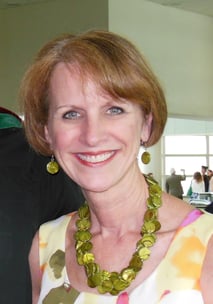 If you work in fitness, you know that for some members, the only way to engage them in regular exercise is through a group class setting. Some people love the energy of a group effort, others like that they can blend in, and still other participants like group classes because of the ease of simply following real time instructions from a motivating teacher.
If you work in fitness, you know that for some members, the only way to engage them in regular exercise is through a group class setting. Some people love the energy of a group effort, others like that they can blend in, and still other participants like group classes because of the ease of simply following real time instructions from a motivating teacher. 
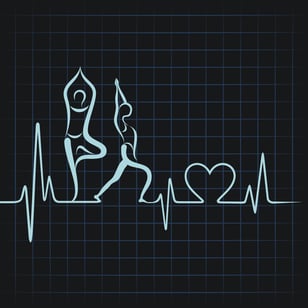

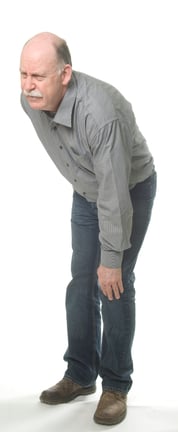 How many suffer from joint pain and inflammation? Feel stiff and sore? Deal with lack of circulation, feel tired, depressed or have lack of energy, even have trouble sleeping? If you answered yes to any of these questions, then the big question is why are you not getting a massage?!?
How many suffer from joint pain and inflammation? Feel stiff and sore? Deal with lack of circulation, feel tired, depressed or have lack of energy, even have trouble sleeping? If you answered yes to any of these questions, then the big question is why are you not getting a massage?!?
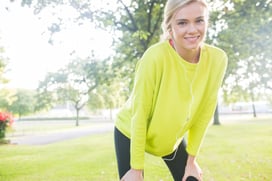 Sunshine and summertime is heading our way. With the weather temperatures rising and sunshine beaming down it’s easy to overlook the damaging effects too much sun can have on our health. You should worry about your sun exposure all year long, not just in the summer months. Be proactive in your sun protection as the weather warms up and you and your family start spending more time outdoors. Overlooking the importance of protecting healthy skin can have devastating and lasting effects on not only one’s appearance, but also overall health. Treat your skin with the care it deserves and stay safe from burns, blisters, and over-exposure with these five simple tips for
Sunshine and summertime is heading our way. With the weather temperatures rising and sunshine beaming down it’s easy to overlook the damaging effects too much sun can have on our health. You should worry about your sun exposure all year long, not just in the summer months. Be proactive in your sun protection as the weather warms up and you and your family start spending more time outdoors. Overlooking the importance of protecting healthy skin can have devastating and lasting effects on not only one’s appearance, but also overall health. Treat your skin with the care it deserves and stay safe from burns, blisters, and over-exposure with these five simple tips for 